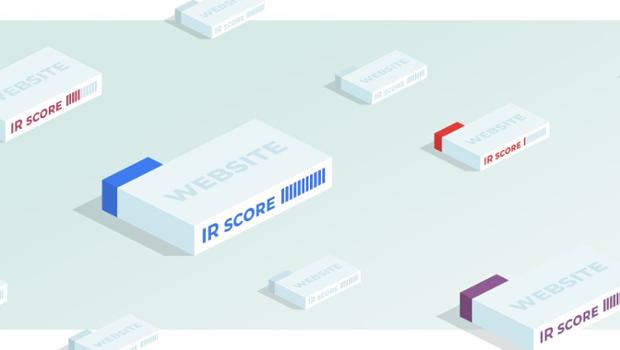SEO pagination: how to do it right? Google announced that it no longer supports the next and prev tags.
Search engines do not take into account the pagination tags rel = prev / next.
Based on Google research, users like the interfaces in which content is placed on one page. Such pages are called single-page content.
Such information is valuable because it allows you to improve the behavioral factors affecting the ranking of the site in search results.
On most sites, pagination is still used to divide more content into groups by using numbering.
- When using numbering on each page of pagination, you must specify the address of the canonical page. The page that is preferable for indexing and appearing in search results should be canonical. The first page of pagination should be specified as a canonical page. If there is an option to modify the site, it is better to create canonical pages. See all.
- Pagination has an alternative. Instead of pagination, you can use the single-page content model with dynamic content loading. According to Google, users love to flip through all the content on one page at once. If there are resources to refine the site, then instead of pagination, you should use the format single-page content with the return to the search robot of a static page from the cache of the server's RAM.








